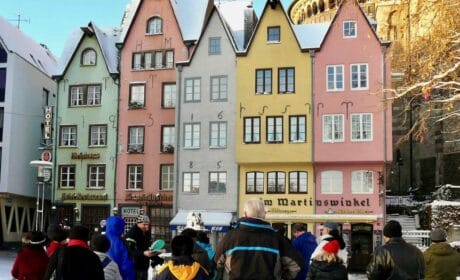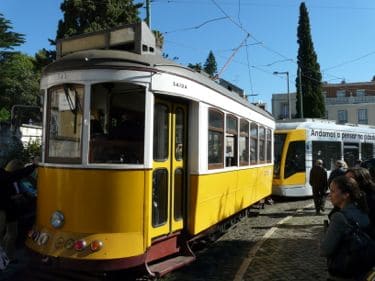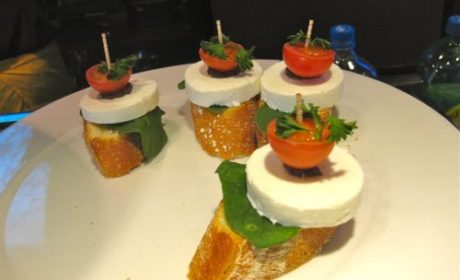Will you be visiting Germany during the Christmas season? If so, add the Stuttgart Christmas Market to your itinerary. It will definitely put you in a holiday mood.
Through the years at My Itchy Travel Feet, we’ve shared many festive travel ideas, including how to visit Germany’s top Christmas markets. Or why we think that an early December Rhine River cruise is so much fun.
MITF Featured writer, Debi Lander of ByLanderSea, adds to our Christmas markets travel collection. If you’re planning a holiday trip to Stuttgart, read Debi’s tips for three Christmas markets to add to your travel plans.
You’ll discover that Stuttgart at Christmas is a delight!
I’d long wished to visit some of Europe’s famous Christmas Markets and recently got my chance. I learned I could experience three different markets from the same home base — Stuttgart — in the Baden -Württemberg region of southwest Germany.
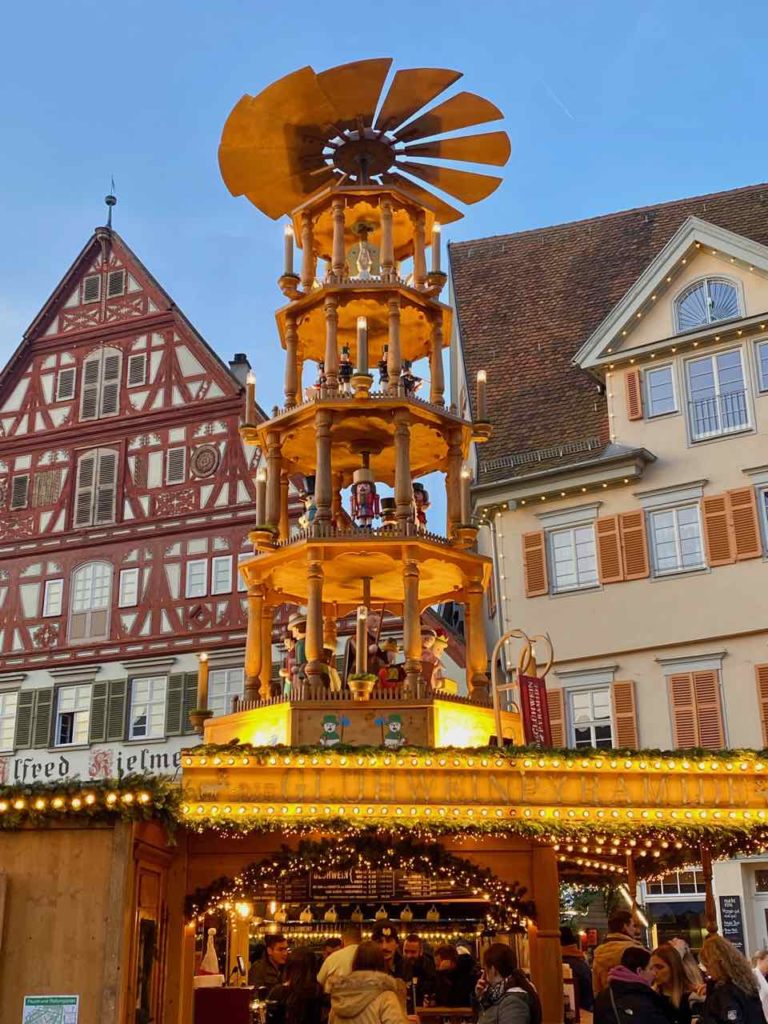
I looked forward to shopping for hand-made German wooden crafts and those colorful character nutcrackers. At one point in my life, I’d amassed quite a collection of nutcrackers but then passed them along to my grown children. Hopefully, they will survive and get passed down to my grandchildren.
Another travel treat would be German sweets and pastries. I have a fondness for gingerbread and cookies made from cookie molds.
Table of Contents
The history of German Christmas Markets
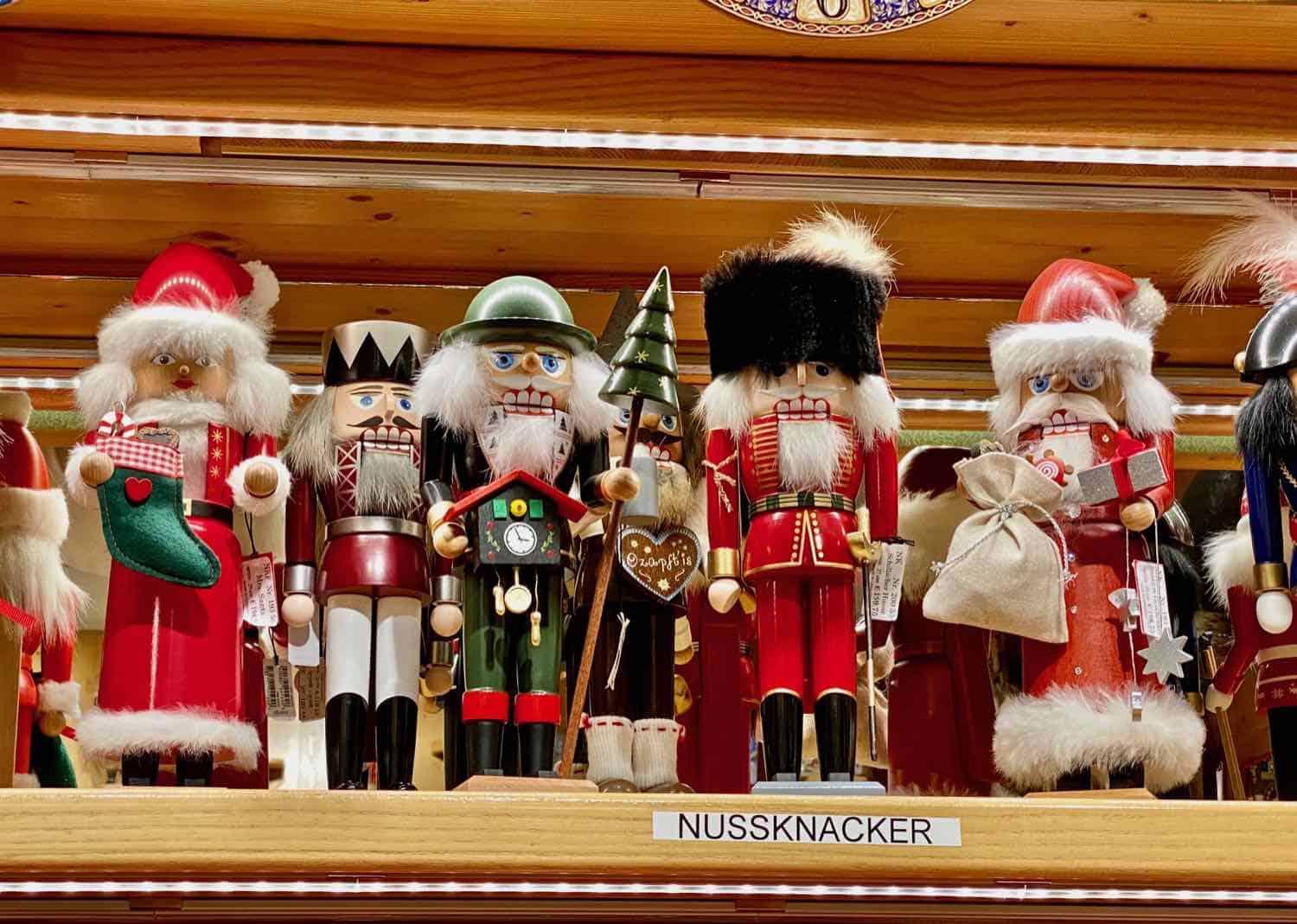
The winter markets harken back to the thirteenth century and the celebration of the winter solstice. Munich claims to be the oldest in Germany, dating back to 1310.
As we might call them today, the pop-up stores serve much the same function they have for centuries. They provide a lively meeting place for locals and a market for shoppers.
The festive markets bring all the delights associated with Christmas: Old World aromas of roasting chestnuts, the taste of sweet and spicy gingerbread, the sounds of Yuletide carols, the sight of colorful lights, plus the interaction of people in good cheer. The little shops feature old-fashion wooden toys, seasonal decorations, and tree ornaments.
Many of them are exquisitely hand-carved while the less expensive variety machine manufactured. Hand-knit winter accessories are also popular, and, naturally, traditional German food and drink await in abundant supply.
Starting with the Stuttgart Christmas Market
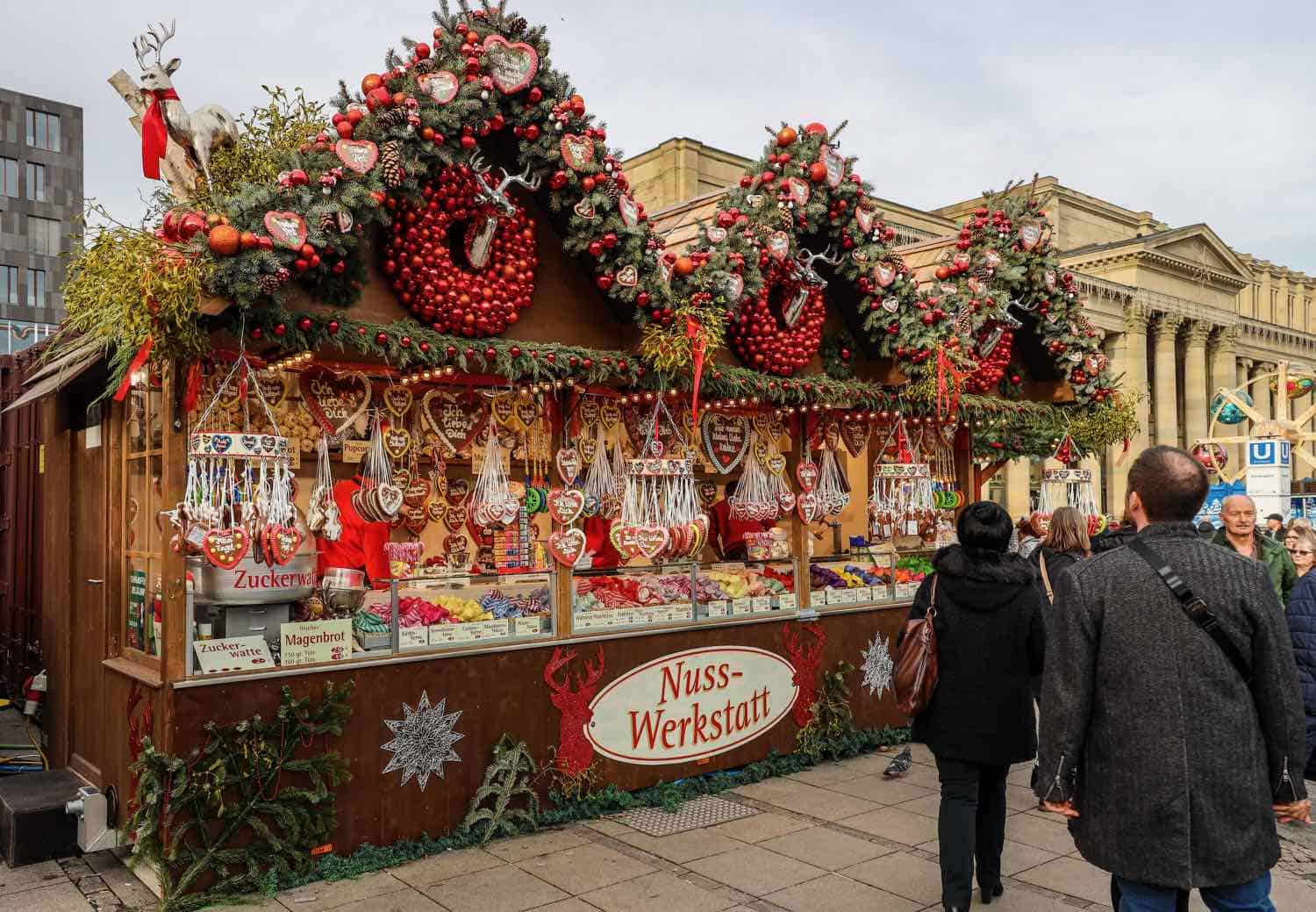
I began exploring Stuttgart’s downtown market bustling with nearly 300 wooden huts. Their roofs were covered with 3-D figures and designs, often animated characters, and festooned with lots of fresh greenery (no artificial garland).
Each booth is filled with goodies, usually hanging from the ceiling or strung from beam to beam. I started to browse in the late afternoon, getting my first look at items I might want to buy. No surprise, I snacked on a gingerbread cookie.
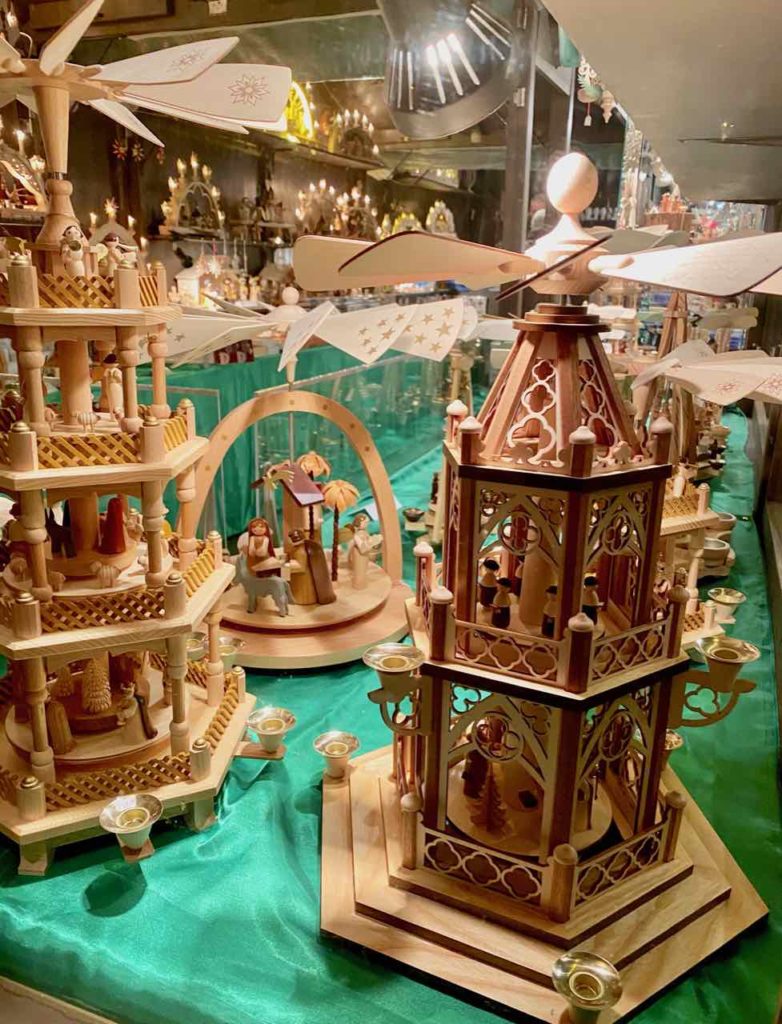
Of course, a massive downtown Christmas tree glimmered with hundreds of lights, but I was attracted to the life-size Nativity figures in a large rotating pyramid. Nothing like an Egyptian pyramid, German Christmas pyramids are circular, descending wooden tiered platforms that rotate by the heat of burning candles.
Smaller versions of these become cherished annual centerpieces in German homes. They are intricately carved and almost always include the Nativity family, animals, and figures (shepherds, wise men) associated with the manger.
The big rotating pyramid in the center of Stuttgart mesmerized me. I’d never seen one like that before.
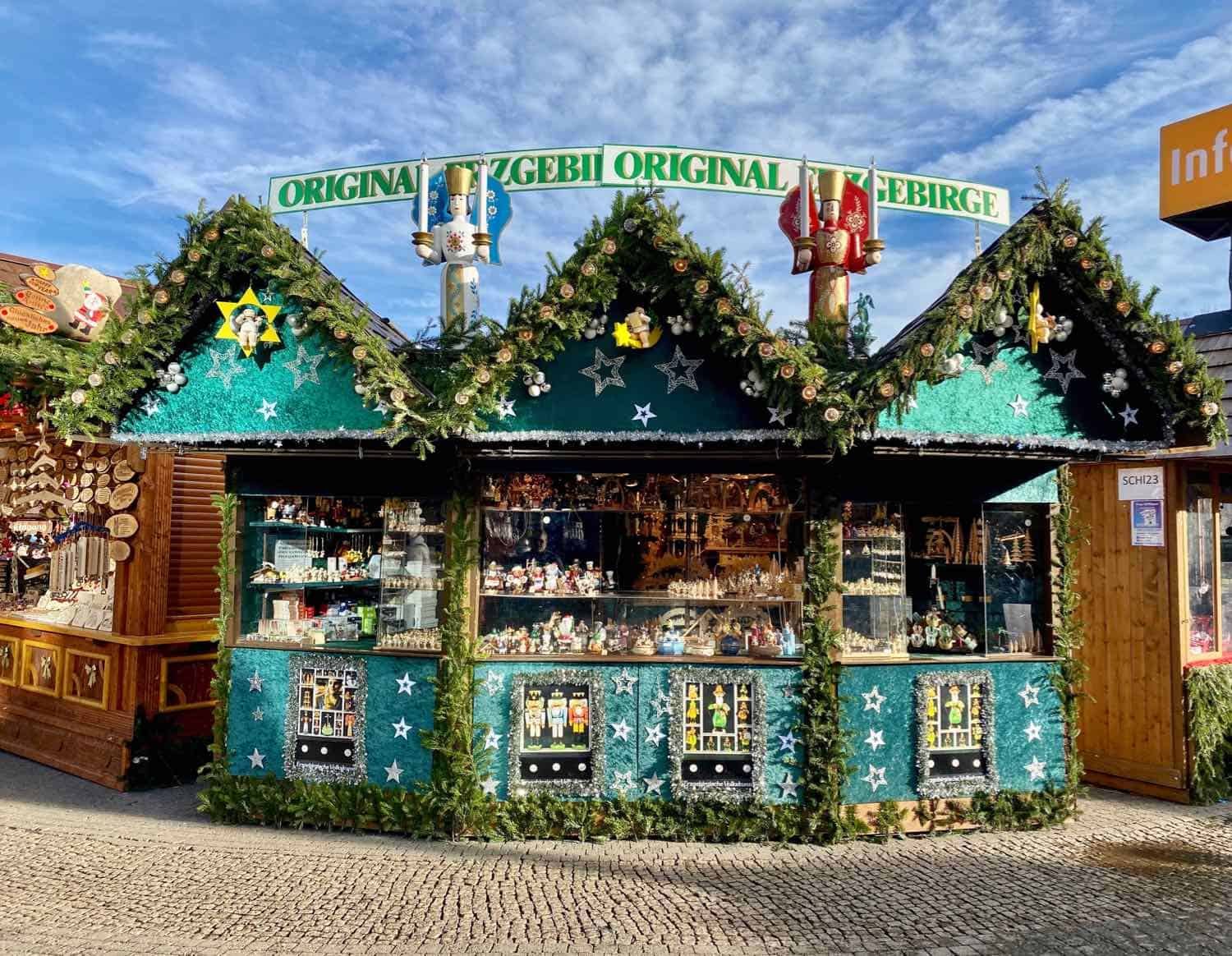
Marketgoers stop to drink Glühwein — hot mulled wine, served in a mug — along with sausages, pretzels, nuts, or sweets. The grab and go meal felt like eating at a fair, but some people dine in the downtown restaurants.
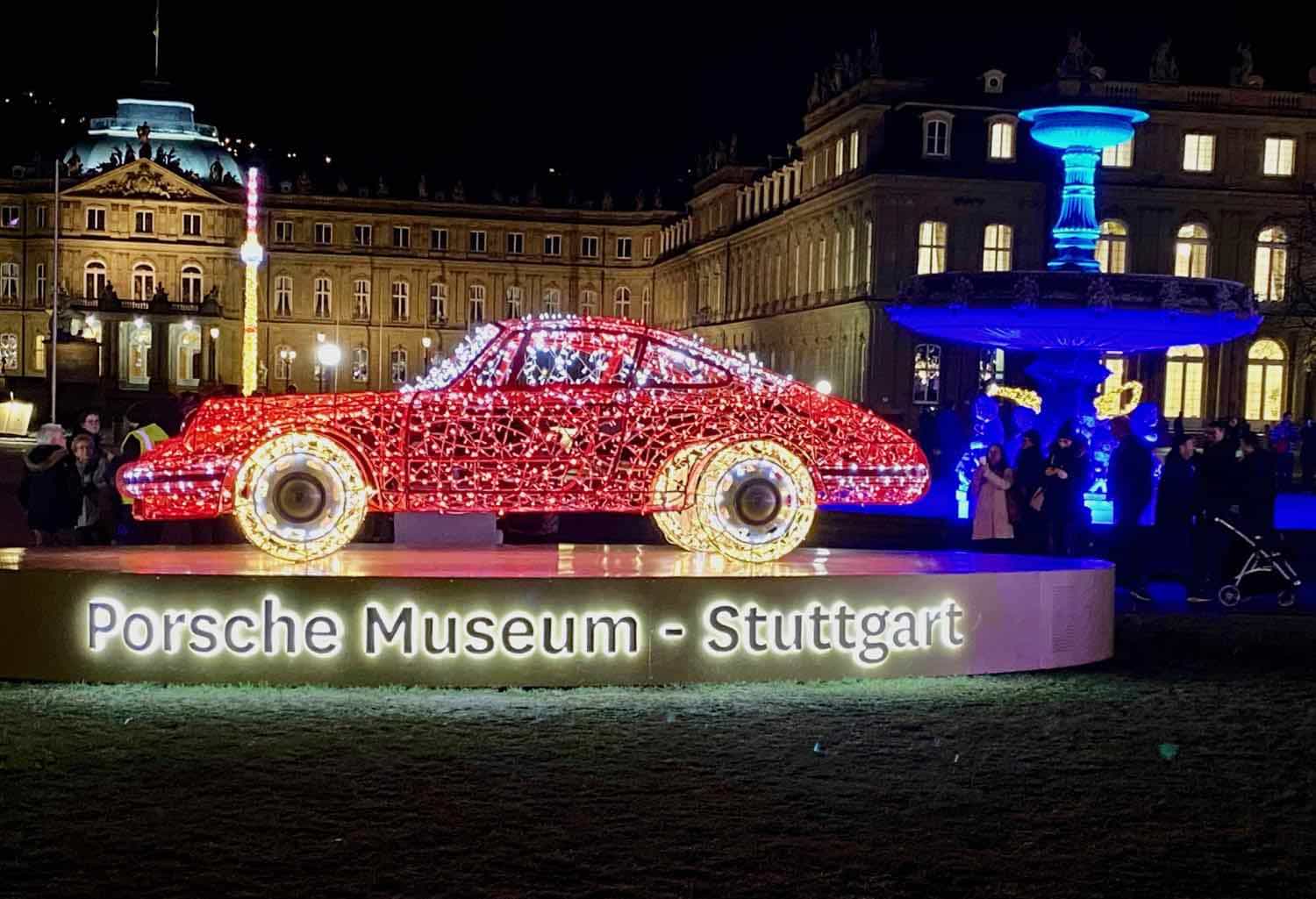
A holiday light show, against the backdrop of the Old Palace, included typical yuletide music and dancing designs. You can’t miss the floodlit models of a Mercedes and Porsche. After all, the city is home to those luxury automakers, which makes a fun trip to Stuttgart for car lovers.
Boomer Travel Tip
MedjetAssist Members who are hospitalized 150 miles from home receive medical transport to a home-country hospital of choice. Memberships from $99.
Visiting the Baroque Christmas Market at Ludwigsburg
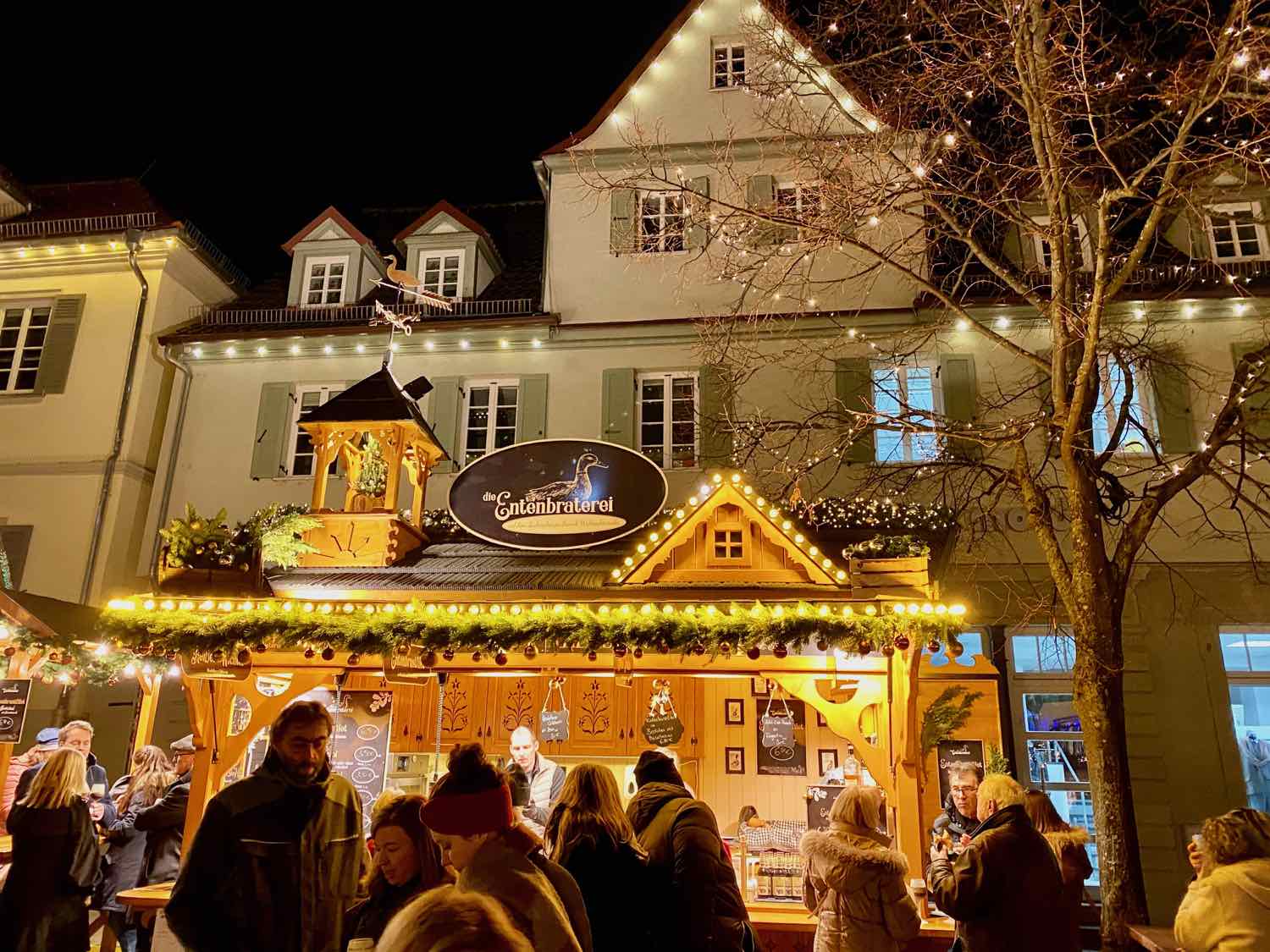
After sunset, I rode a commuter train about ten miles to reach Ludwigsburg, a smaller town with around 100,000 residents. Ludwigsburg presents a Baroque Christmas Market.
A walk through the modern downtown, illuminated by an angel theme, soon brought me to the holiday market. Folks passed through arched greenery, near two illuminated baroque churches, and a glittery angel hovered above the stalls.
The Ludwigsburg market shops were very family-friendly, and I wished my grandchildren were with me. Young ones debated their choices while picking out gifts, candy, or ornaments to hang from their tree.
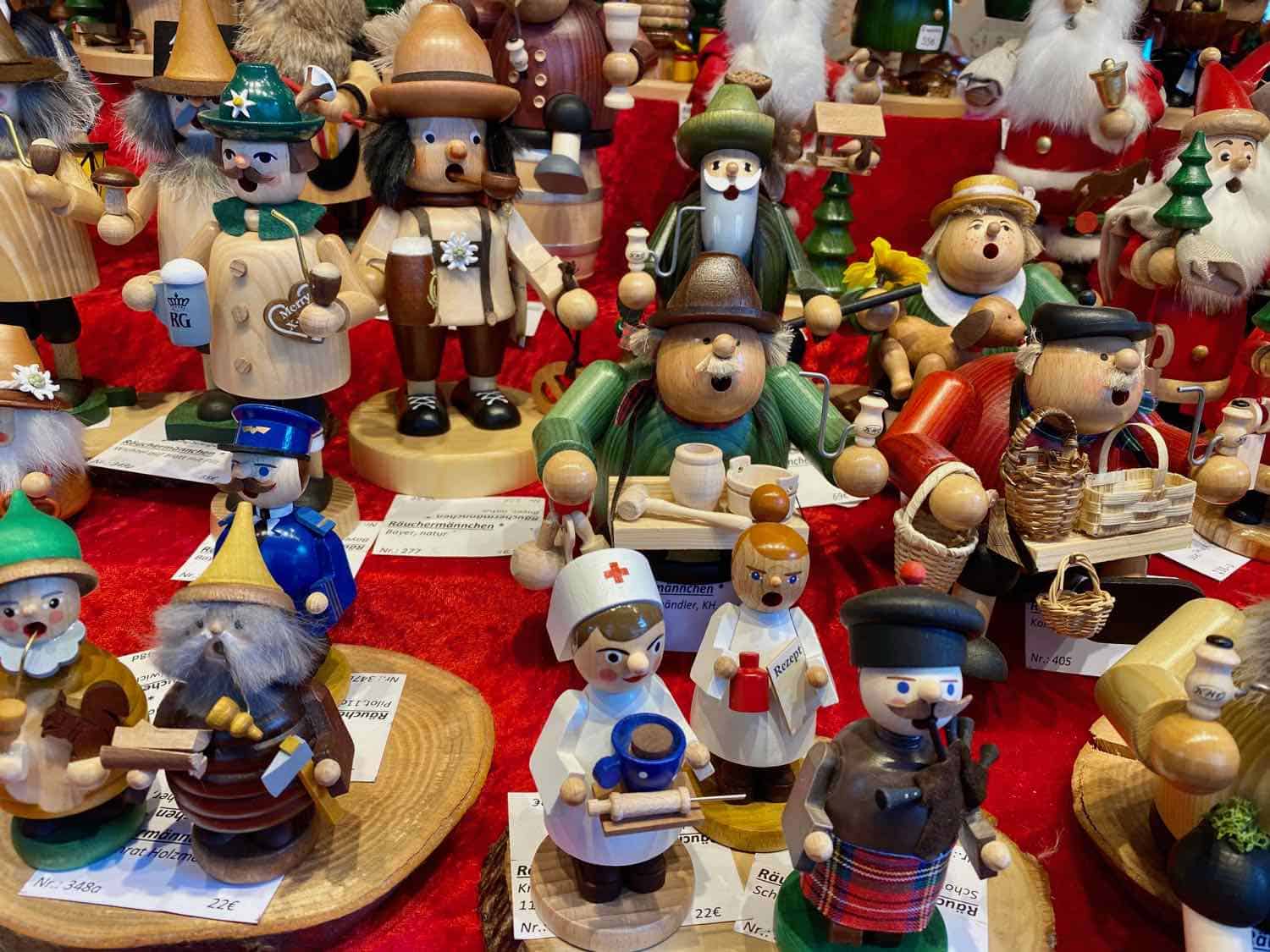
I heard singing, the sweet sound of children’s voices, and followed it until I came to an outdoor stage. I listened to elementary-aged students perform a medley of holiday songs, all in German, except Jingle Bells, sung in English. Equally, heart-warming was the delighted faces of parents and grandparents beaming with pride and love.
As I stood there, I felt the spirit of Christmas rekindle within me, spreading like a warm glow. I smiled and thought, “This is what it’s all about.” I connected with Ludwigsburg and its residents, a nice feeling for a tourist.
Had I come earlier in the day, I could have toured Ludwigsburg’s Palace, nicknamed the “Versailles of Swabia.” It’s is a 452-room palace complex of 18 buildings and gardens — the largest palatial estate in the country.
Although I think the Baroque style is a bit over the top, I wished I had toured. But this gives me a reason for a return trip.
Experiencing a Medieval Christmas market at Esslingen am Necker
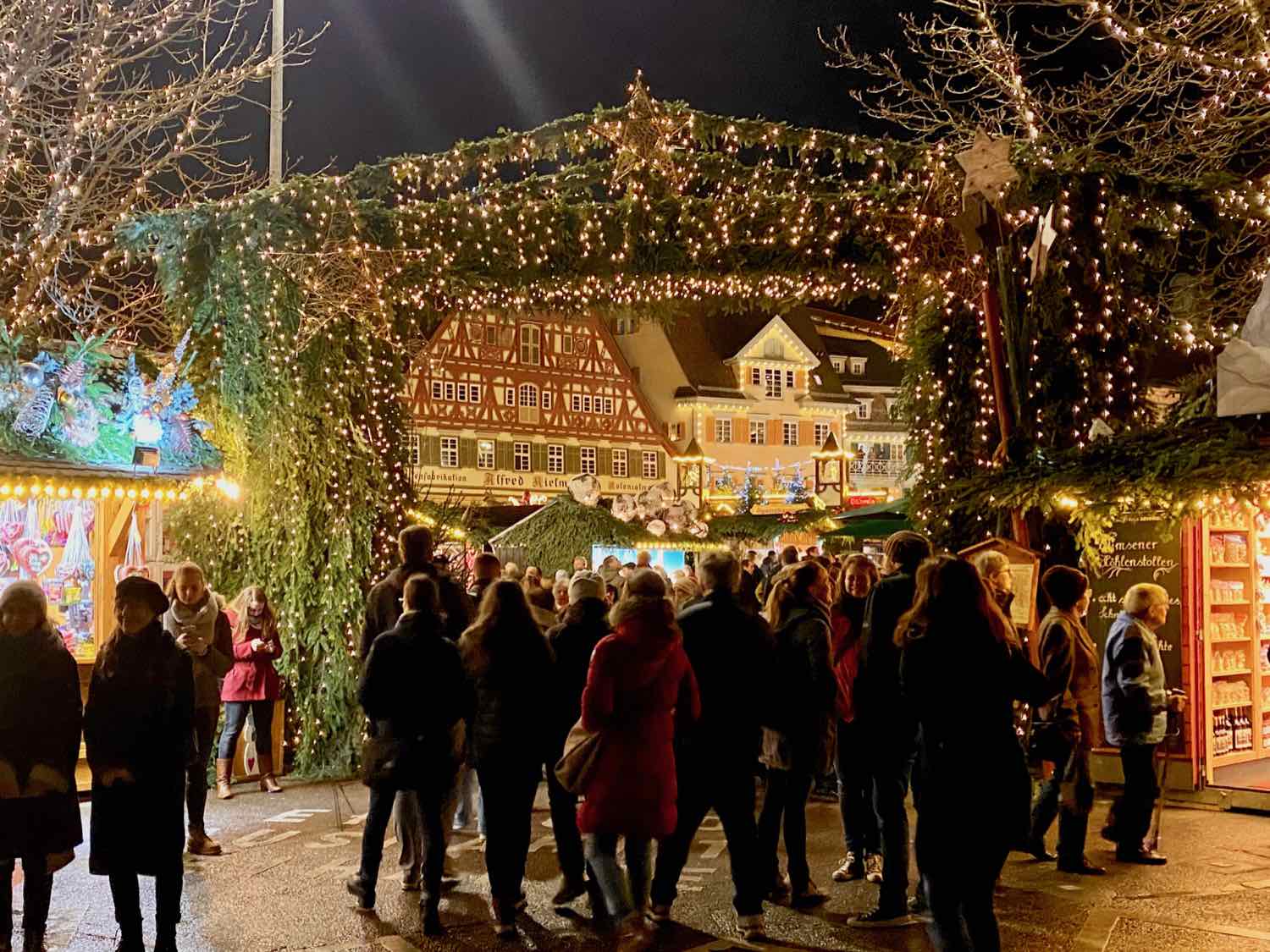
The next evening, I took the train a bit farther to historic Esslingen am Neckar. Picturesque doesn’t capture the magic of this town.
Esslingen lies on the Neckar River, and nearly every building in the historic center remains a half-timbered architectural gem. The 200 fairytale-like buildings were thankfully left largely undamaged during World War II.
In fact, Esslingen lays claim to the oldest row of half-timbered houses in the entire country, dating back almost 700 years.
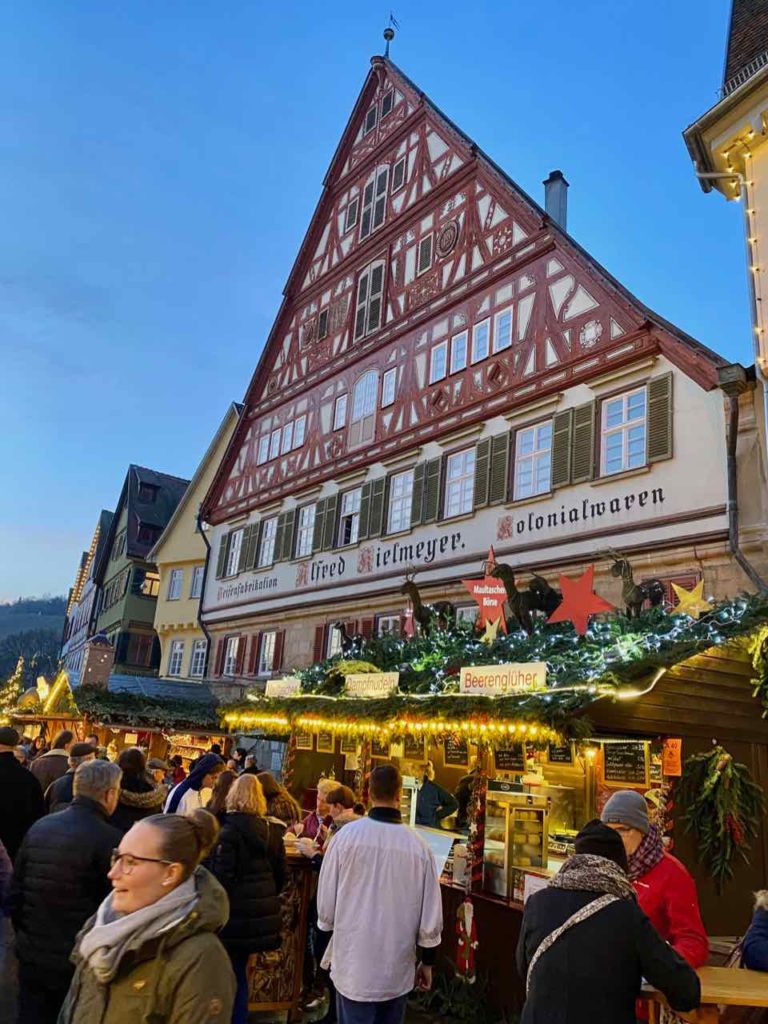
Esslingen hosts an extraordinary Medieval Christmas Market, even earning the title of Best Christmas City back in 2018 for its size category. The big beautiful red Rathaus, old City Hall, makes the perfect backdrop for the theme fully embraced by merchants dressed in period-looking costumes.
They demonstrate and sell their classic handicrafts using Middle Age methods. Blacksmiths, glass blowers, potters, woodcarvers, minstrels, and more engage the crowds. I immediately fell under its spell, feeling like I was walking through a medieval fair frozen in time.
A midway of traditional fair games called for active participation. The egg toss and archery had folks waiting in line.
I kept running into jugglers, fire eaters, and crowd performers. A special children’s area even fits in a small Ferris wheel, kid-sized games, and puppet shows.
Scents from a whole pig roasting on a spit wafted through the night air, mixing with aromatic cinnamon and pine. The Medieval Market was alive and oh so much fun, by far the favorite market of my trip.
The Stuttgart or Baden -Württemberg Christmas markets were all I imagined and hoped for, and I sure wish I were going again this year.

